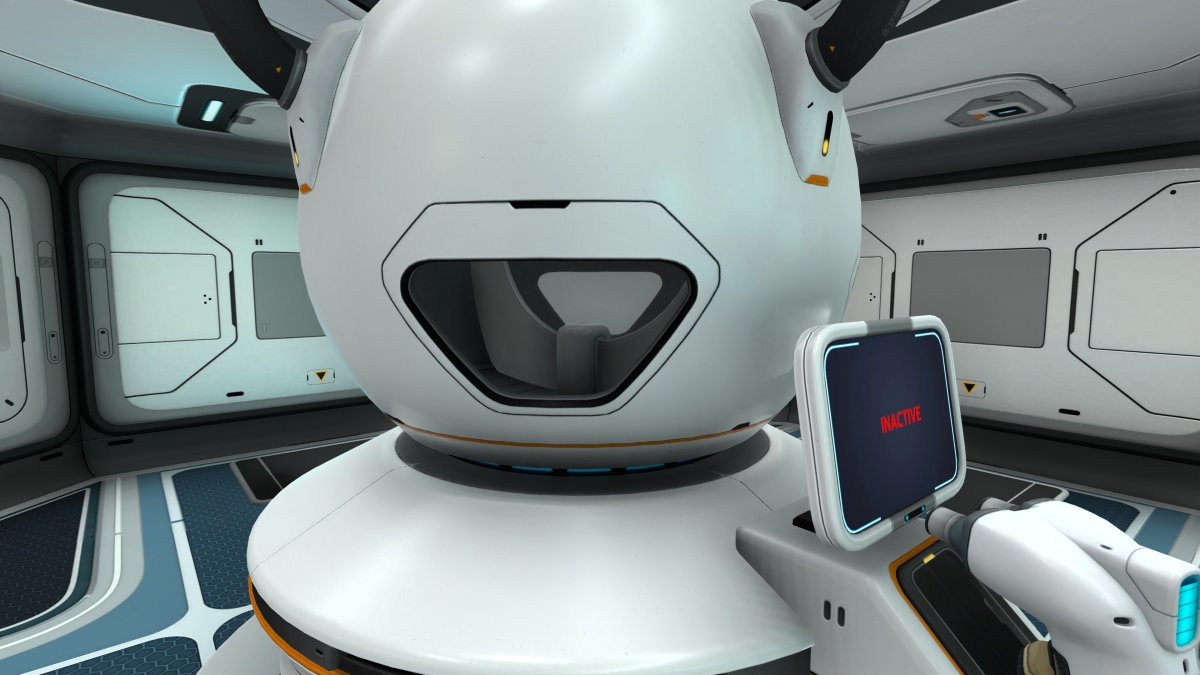

For production methods involving cell cultures, the temperature is sometimes lowered at the end of the bioprocess as well (a technique known as “temperature shift” in biotechnology) so that the finished product will remain stable for later use. For some products, however, such as penicillin or recombinant proteins (i.e., bioengineered proteins using genetically modified organisms), changing the temperature at the end of the growth phase activates important genes for product formation and is therefore beneficial. For most bioprocesses, the temperature should remain constant during the entire cultivation. If working at temperatures near or below room temperature, you will need an active cooling system such as a recirculating chiller. The typical temperature range varies amongst other things depending on the cultivated organism: Organism It has a resistance of 100 Ω at 0 ☌, and covers the expected biologically relevant measurement range quite well when calibrated appropriately. Therefore, a platinum resistance sensor known as a Pt100 sensor is used in the bioreactor to determine the temperature. Mammalian cell cultures are most comfortable within a very narrow range of temperatures – one that is only present from their perspective when the temperature inside the culture vessel is 37 ☌.

In the worst case scenario, unfavorable environmental conditions may even destroy them. If conditions fall outside of these ranges, the desired bioprocess will proceed much more slowly, because growth and metabolic performance are highly dependent on these enzymes, i.e., catalytically active proteins. Microorganisms and cell cultures alike have enzymes that work best within certain temperature and pH ranges.

Measuring and controlling the temperature Depending on the cell line, cell cultures can have a much more intense response to overly vigorous stirring, i.e., they simply die, a tendency that scientists describe more accurately (and diplomatically) as being “sensitive to shear stress.” Oxygen availability can be varied during the bioprocess by changing the stirring speed, thus ensuring optimum cell growth. The typical stirring speed varies amongst other things depending on the cultivated organism: OrganismĪdjusting stirring speeds for cultivating either microorganisms, plant cells, animal cells or insect cells is very important, as these react differently to shear stress, i.e., the mechanical strain caused by stirring. If you have ever heated soup in the microwave and then eaten it with great anticipation without stirring it, you will know what we mean. Without uniform stirring, the microorganisms or cell cultures along the edge of the vessel will literally be boiled, while those in the middle get cold feet. Temperature distribution is an additional concern. Deviations like these not only reduce the efficiency of the planned bioprocess, but can also promote genetic modifications. The pH could be too acidic, for example, or the supply of nutrients might be insufficient. If the nutrients in the bioreactor are not dispersed well enough, conditions in certain parts of the bioreactor will deviate significantly from the ideal. The culture in a bioreactor needs to be mixed thoroughly at all times. The most important process parameters and the mechanisms for regulating them are covered below: What components does it need? How do you know what the conditions in the bioreactor currently are and how you can you correct them? And finally, just for perspective: how do you take the data captured during a batch bioprocess, display them in a meaningful way, and then save and evaluate them while keeping them organized? Given the abundance of functions that a bioreactor must perform, you might be wondering how it can do it all.


 0 kommentar(er)
0 kommentar(er)
